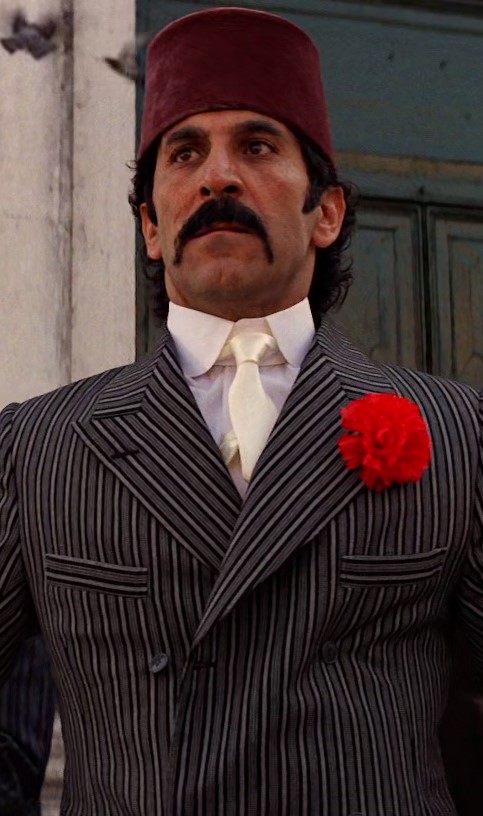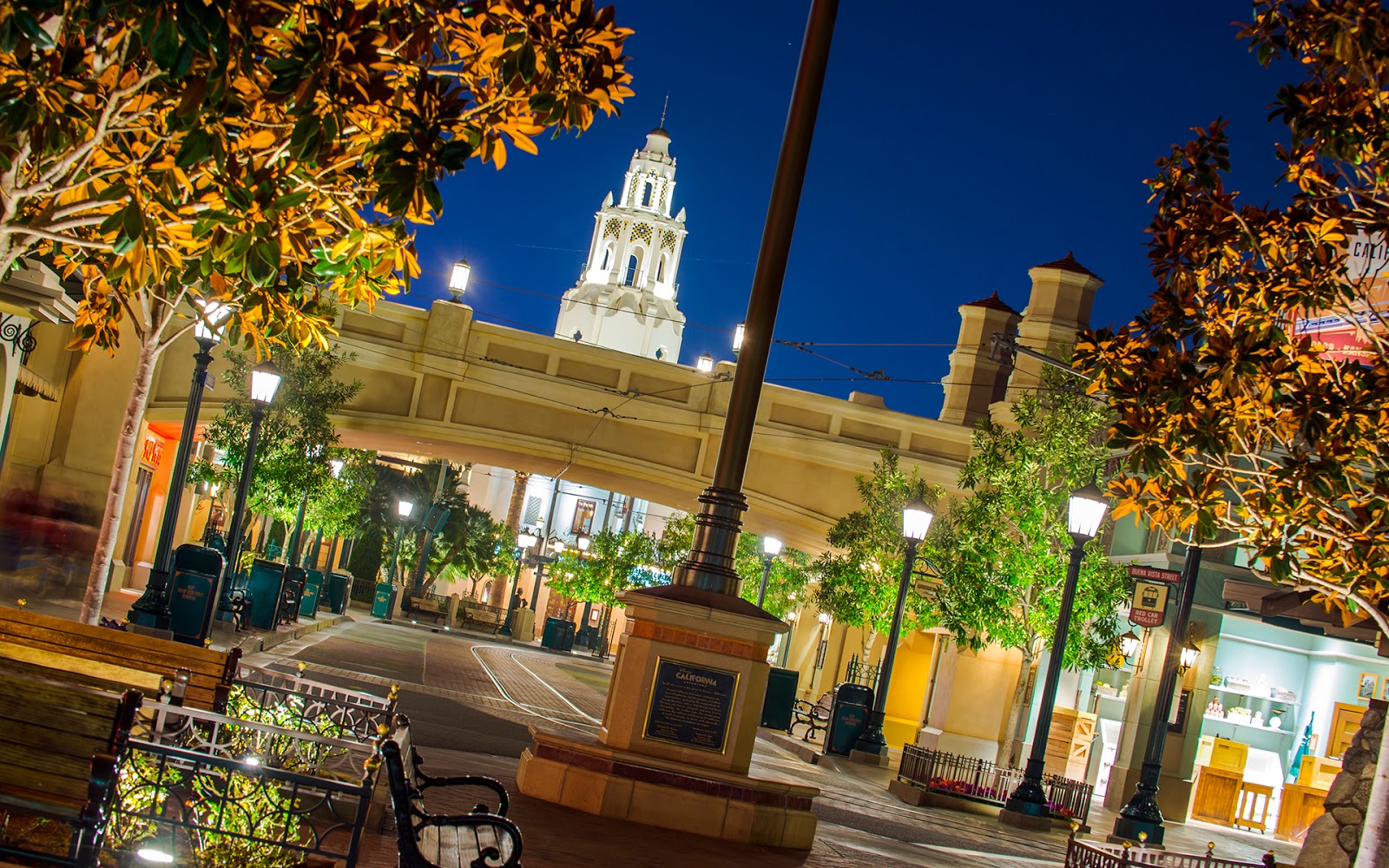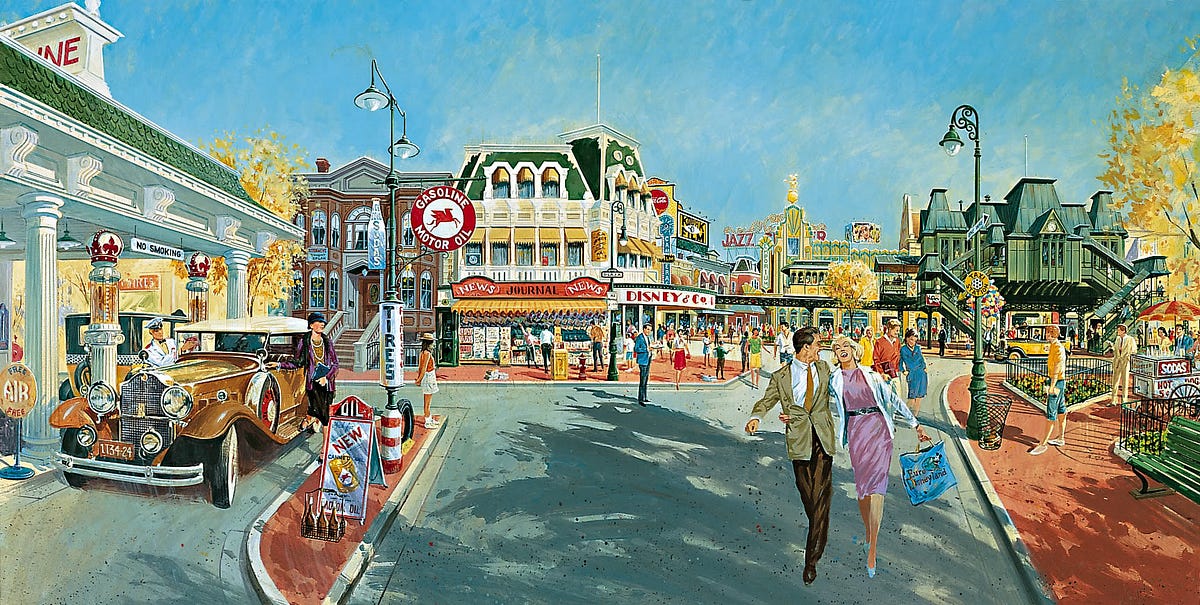Chapter 16: Building a New, Small World (Cont’d)
Excerpt from The King is Dead: The Walt Disney Company After Walt Disney, an Unauthorized History by Sue Donym and Arman N. Said
In 1988 ground was broken near the then-small Spanish town of Pego in the Alicante region. It was a big step forward for the company, but as inevitably seems to be the case, things didn’t go according to plan.
At first, all had seemed to be going swimmingly. Spanish Minister of Transport, Trade, and Tourism Abel Caballero was reportedly desperate to bring Disney to Spain “at any cost” and offered Disney huge tracts of land for free, with major property tax exemptions for the first several years. Spain at the time was also receiving roughly $800 million per annum in “Cohesion” funding from the European Economic Community to spend on infrastructure, and was offering to essentially foot the bill on construction of all of the road and rail lines and port upgrades needed to meet the expected growth in visitors to the area. This spending soon merged into the infrastructure spending associated with the upcoming 1992 Summer Olympics in nearby Barcelona. Some of that money was able to be put directly towards the infrastructure of the park itself, particularly utilities infrastructure, including some solar and wind farms to help power it all. The Spanish Government was also willing to cover up to 33% of the construction costs on the park itself. Still, Disney would be on the hook for over $500 million of the projected $800 million cost, and Spanish banks were limited by fiscal realities on what kind of special rates that they could give[1].
Caballero offered Disney two appropriately sized pieces of flat land, a northern and a southern one. They were currently filled with orange and olive groves and their current occupants would be generously compensated for their property loss. The northern site was the closest to both the highway and the likely site of the promised express train station, but the latter offered design and building advantages, in particular for avoiding damage to the nearby Marjal Wetlands, which remained the biggest engineering challenge. Based on space, terrain, and environmental concerns, Disney chose the southern site nearer to the town of Pego.
The Site of Disneyland Valencia at Pego, Spain; site planning images alongside topographical ones; the yellow-blue-magenta blocks are the rough size of a full Disneyland Resort, including hotels, parking, future “second gate” theme park expansions, etc. The dark green is the Marjal Wetlands (site image courtesy
@Denliner and detailed elevation map of Pego-Oliva from “topographic-map.com”)
But the good times wouldn’t last for long. Even before the contract with Dragados was signed, egos were at play within the Disney company itself. Imagineering and Parks and Rec were at loggerheads over whether Imagineering should take the lead on designing and managing Disneyland Valencia, or if they should make a “design and build” contract with Dragados[2]. Parks & Rec Chairman Dick Nunis, in keeping with the way that many of the US parks were developed, wanted to push the design onto the Contractor (Dragados) as a means of reducing redundancy and therefore costs. Imagineering Chairman John Hench pushed back, lacking confidence in Dragados to do the intricate design job that he felt only Imagineering had the proper attention to detail to accomplish. Frank Wells was listening to Nunis while Jim Henson was siding with Hench. CEO Ron Miller asked Dragados for some preliminary designs as a “test” of sorts. When they came back “lacking that Disney Detail,” to quote Hench in a later interview, Miller sided with Henson and Imagineering would do the design, and Dragados effectively built to print.
This created its own issues.
“It started with the blueprints,” recalled Imagineering Chairman John Hench. “In the US, including at Imagineering, we use third angle projection for drawings, but Spain, and, well, almost everyone else in the world save us and Japan, uses first angle. Seems like a small thing, but Dragados took a look at our blueprints and stared at them blankly. And rather than say ‘we can’t use these, please redraw in first angle,’ they redrew them in house and sent us the bill for the time and materials!
“On top of that, parks management were insisting that Dragados follow US building standards, not European ones. That meant inches and feet rather than meters and centimeters, which, again, sounds like ‘so what?’ But
you try finding four-inch pipes in Europe without paying custom rates. You can find cheap 100-millimeter pipes all over the place, and the 1.6-millimeter difference in diameter makes no functional difference from a hydraulic standpoint. But egos were involved.”
Frank Wells brought in Mickey Steinberg from Portman Construction to help sort out the issues, with the new title of Executive Vice President for Operations. Steinberg brought with him both years of directly applicable experience with major construction projects, and a reputation as a tough but fair arbiter. He largely browbeat the Disney team into line through sheer force of will, managing to get them willing to work with both first-view blueprints and metric, something that most Imagineers had little issue with in the first case and actually preferred in the latter since the math was far easier. However, when Steinberg applied his famous “charm” to the Dragados crew, they were not impressed. Coming from a cultural tradition that saw raised voices as a sign of weakness, “el Americano enojado” was making little headway with Dragados.
“Dragados are the masters of the passive-aggressive,” Steinberg would lament in later years. “Like an evil genie, they’d do exactly what you asked them to do, and to the letter, and then charge you overtime when they needed to go back and do what you
actually wanted!”
Costs swelled and each change to the drawings that the Imagineers sent down the pike was adding up. “Change costs” is an engineering maxim that’s practically a physical and economic law. “Suddenly the $800 million effort was now projected to cost up to $1.5 billion,” said Imagineering Creative Associate Marty Sklar. “At first Frank’s motto was ‘whatever it takes to do it right,’ but then he remembered that Disney was largely footing the bill[3]. Suddenly he, via Mickey, had the new motto ‘pick a plan and stick with it’.”
Wells and Henson also had to fly directly to Spain to smooth out personality and contractual issues with Dragados. “Mickey had really riled them up,” recalled Henson. “And Frank and I had to play nice and make friends. It took hours, but we renegotiated the contracts to help prevent ongoing delays, adding in a bonus for finishing on time at an approved level of quality to incentivize cooperation, or so was the goal. It…more or less worked out in the end.”
And yet some issues were unavoidable. Protecting the wetlands, not just
after construction but
during, required major land movement to build levies and runoff retaining ponds in order to prevent mud or pollutants from entering the waters. This followed the methods developed at Walt Disney World, but with far less space or room for error, which resulted in much higher costs than anticipated. Disney managed to get Spain to cover a good share of it as “infrastructure”, but even so, projected costs for completion were now well over $2 billion and the service tunnels were not even completed.
Labor rates were thankfully fairly low compared to wealthier nations like France, Germany, or the UK. This made construction costs relatively affordable. But construction costs increased sharply in 1990 when the Iraqi invasion of Kuwait sent fuel prices higher, and with them transport and heavy equipment operating costs.
Issues were experienced with materials too. The computerized printers that Imagineering used to print out the patterns for the Art Deco inspired flourishes for the “California in the Jazz Age” inspired Main Street USA lacked the resolution or fluidity to make them beautiful, and the Imagineers went back to hand design. Some money was saved by going with the Spanish-influenced “California” based setting, added as a nod to the host nation, since local traditional building materials could be acquired on the cheap and there was plenty of existing local experience with using them. Similarly, the street cobbles for both Fantasyland and the New Orleans-inspired Delta City were a common item in Europe where such construction methods were still widely used for historical market places and the like.
But the biggest challenge with keeping costs down was the signature “Disney Difference”. The attention to detail, down to the “fourth level of detail” (so small you could only see it up close), took time and attention, and those cost money. Sleeping Beauty’s Castle, inspired by the nearby Alcazar Castle and built with real stone, copper, and stained glass (rather than the concrete and fiberglass used in the US parks), was intended to actually amaze European cultures used to castles already. And this cost added up. The new Discoveryland, meant to be a Jules Verne and H.G. Wells inspired “timeless” replacement for Tomorrowland that it was hoped would appeal to the French and English in particular, likewise cost extra since the Verne-inspired “De la Terre à la Lune” version of Space Mountain required a simulated cannon to “shoot” the riders to the moon.
Before all was said and done, costs would reach an estimated $3.5 billion, with Disney personally absorbing $1.9 billion of it[4], much of it in long term debt. While interest rates had dropped notably since their highs in the 1980s, this was still a substantial burden, and with Disney already starting to spend billions developing the Long Beach site, which included costly land reclamation efforts, the growing debt was spooking investors, who sent stock prices lower in 1990 based on this and other factors.
And as the critical Spring 1992 opening date neared (Disney and Spain were desperate to be open in time to take full advantage of the increased tourism likely to come with the Barcelona Olympics), the lingering global economic recession, in part kicked off by those earlier high interest rates and the lingering high oil prices, hung like an albatross over the project. Disney had responded in 1990 with cancelling some of the planned hotels before materials were acquired or foundations laid, but with lower-than-originally-expected visitor numbers likely, near-term profit projections were lower than expected in 1988 when ground was first broken.
Furthermore, the Spanish Government was falling behind on its infrastructure commitments. Delays and competing interests with the Barcelona Olympics saw the port expansions at Dénia and the rail lines falling behind schedule, further threatening to reduce visitor numbers due to lack of transport options.
As 1992 and the grand opening loomed, many were predicting Disney’s first theme park failure.
[1] Compare this to our timeline’s EuroDisney where the French Government pushed its wealthy banks to give sweetheart loans to Disney and covered a substantial part of the funding themselves. Some reports say that Disney absorbed only 25% of the costs of EuroDisney, to the tune of over $1.5 billion. And Caballero helm tip to
@El Pip for the assist in the financing and construction and to
@Denliner for the site placement and park design.
[2] In our timeline Disney frequently used “Design and Build” contracts in their US parks and began with a Design and Build with EuroDisney and then later transitioned to an Imagineering-led “Build to Print” after ground was broken and construction started, costing money due to the changes.
[3] Ironically in our timeline with France willing to foot most of the bill there was a disincentive for the Imagineers and executives to take common-sense cost saving measures like locking down a design before you start building or changing the design plan halfway through, like what happened with Main Street USA in our timeline, going from a 1920s-themed version back to a traditional Victorian setting, with each change adding up quickly in cost. In this timeline there’s more of an incentive to pick a plan and stick with it as Mike Bagnall reminds Frank Wells that costs are skyrocketing.
[4] Compare to the $5.2 billion that EuroDisney cost, with Disney footing about $1.3 billion. The French government and the French banks and investors they pressured into sweetheart loans absorbed 75% of the costs. In this timeline the poorer Spanish government is footing only 33% plus covering much of the internal utilities infrastructure and about half of the costs in protecting the wetlands. The silver lining here is that the park itself is not carrying the debt (EuroDisney began life with over $4 billion in debt) meaning that the park will not be operating on margins as badly as in our timeline. It also means that more of the profits from the park will be going to Disney, and when the lower park debt is combined with the property tax exemptions and lower labor costs compared to Paris, this will mean that operating expenses will be lower and profits higher than EuroDisney. The price that Disney pays is in up front debt, of course!







